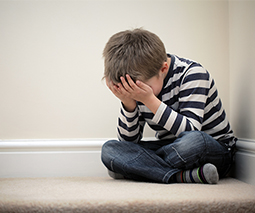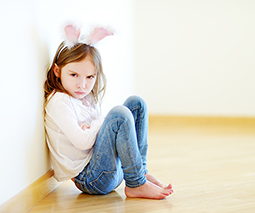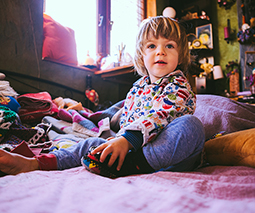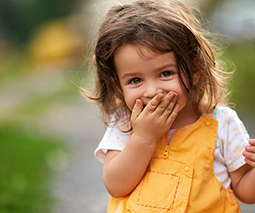Maggie Dent explains how parents can ’emotion coach’ kids through tantrums
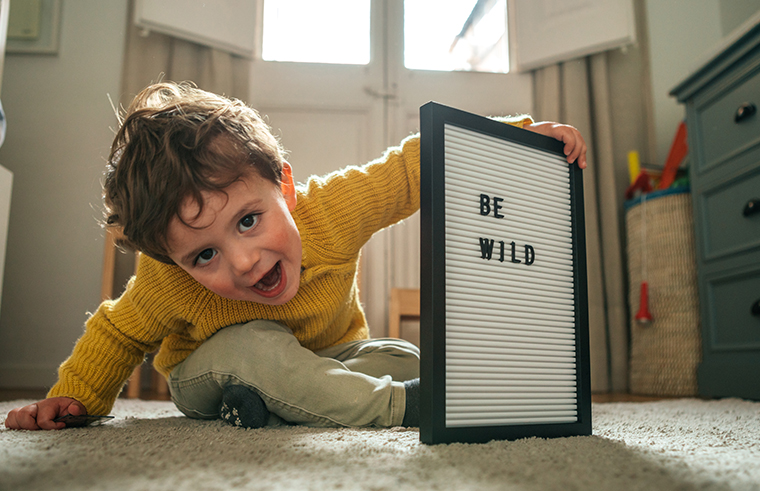
Tantrums and meltdowns can be incredibly difficult to deal with, but parenting educator Maggie Dent says they’re also an opportunity for families to learn more about big emotions and connect to each other.
Tantrums are normal
Maggie says that tantrums are very, very normal in small children and the way they play out can even persist through to adolescence and even adulthood.
“What happens is things trigger us to get upset … it’s quite often a combination of unmet needs. So they may not have slept that day and then they have also been struggling with a very loud sibling who seems to be getting a lot more connection with the parents than they are. So there’s a little bit of jealousy going on in there and then of course on top of that, they want the toy.”
All those feelings, unmet needs and irritations combine their powers … and a tantrum is born.
Listen to Maggie Dent on Feed Play Love
The flood of big feelings
Maggie says tantrums are deeply rooted in our brain chemistry, and that children are fighting a cascade of physical responses – including the feel-bad hormone, cortisol.
“When [the unmet needs and feelings] all collide, it triggers the amygdala in the brain to feel ‘we’ve got a threat for survival here’. It then gets flooded with cortisol which is a ghastly feeling … and makes them feel so lousy that they have to do something and discharge it from the body.”
“So the screaming, the stamping, that yelling is a way to get rid of this ghastly horrible thing that’s going on in their brain, that floods into their body.”
Once you recognise that your child is having a ‘fight or flight’ response to one or more tricky challenges, you can begin to teach them how to work that cortisol out of their system.
“We want them to actually allow a big ugly feeling to do what it needs to do and that is to leave the body,” Maggie says. “Later on, I’d probably recommend teaching them to stomp their foot and really own it, rather than kick their brother or their sister or throw things around and break things.”
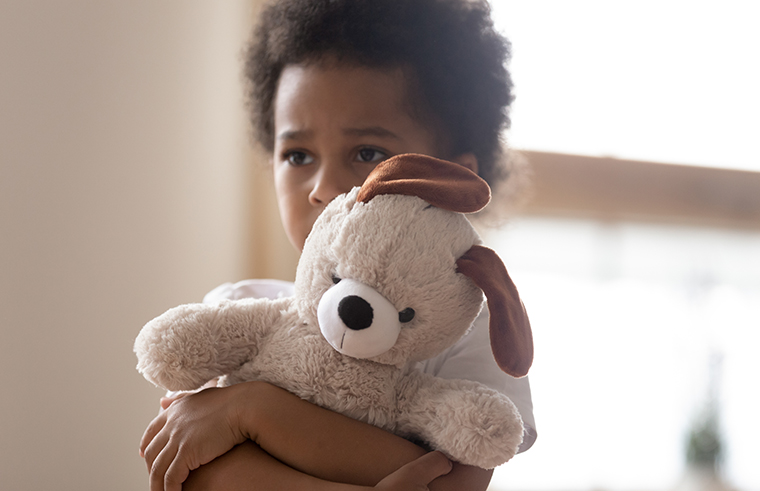
Staying connected
But while your child is still deep in the throes of a tantrum, Maggie suggests trying to remain calm and letting your child know you are there for them, and that you respect their feelings and want to help.
“If we can hold the calm parent space while they’re doing what is developmentally normal for young children, you will be able to allow them to come down. Then we hold our arms open and go, ‘I’m here. I’m here if you need me.’ And if they don’t want the hug because they still feel crabby, perhaps say ‘Can I get you a drink of water?’ ”
Maggie says staying connected, loving and available is key because “the number one terror for children is ‘you don’t love me as a consequence of something I’ve done’.”
De-escalating tantrums
Maggie stresses that even though tantrums can feel really horrendous at the time, you and your child are actually doing very important work together.
“We now know that the more times we let them fire up and get really crabby and then help them come back down, the more the brain is learning how to do that one day by themselves.”
“This is why they get a little bit better as they move into those [later years] like five six and seven.”
“Our primary job is to keep them safe, to bring them down, to reassure them that our heart’s still open to them,” Maggie reiterates.

Talking it through
Maggie suggests chatting through the circumstances surrounding the tantrum in different ways for boys and girls. Girls, she notes, are able to process what happened fairly quickly after the experience. Boys need a little longer, and it’s worth waiting until the next day to talk things through.
“Say ‘So what what really made that hard for you? Was it just your sister taking that off you? Were you hungry?'”
Maggie suggests sitting with your child, matching her body language and helping her express how she felt when the tantrum occurred.
“Then we go ‘Yeah, that would make me angry’ to validate that it’s okay.”
Unmet needs
Noticing the contributing triggers together can help boost your child’s emotional awareness.
We want them to “identify that there was something going on,” Maggie says. “That if they can pick what it is – it’s an unmet need of some kind – they might actually be able to ask us to meet that need. It’s not going to happen at 2 or 3, but is getting there towards 4.”
Talking through boundaries and suggesting safe ways to manage big feelings can help children to feel more in control and secure, Maggie says.
Suggesting “this is okay, but we don’t kick and we don’t hit … and we try not to break things” is a good place to start.
“It’s that ‘so next time maybe if you want to run into your bedroom? If you want to throw yourself on your bed, find a teddy, curl up in a safe space and it will calm down’ and that ‘you’re not wrong and you’re not bad.’ That’s what coaching is – ‘big ugly feelings are normal. I need to help you label them.'”

Being the anchor
What happens if all these good intentions go out the window and you feel yourself escalating along with your child? That too is normal, Maggie says.
“I think we have to be realistic that sometimes in the midst of these things we need to put our hands up and say ‘Whoa stop! Mum is just going to go in the bedroom for a while, because she is starting to get really cross. I’ll be back soon. I’m just going to go and calm down.”
“Lock the door in your bedroom. Eat the chocolate Do whatever you need to do and really regroup yourself because what helps de-escalate children more than anything is a grounded, anchored safe big grown-up”

